(THE STAR/ASIA NEWS NETWORK) -
The struggle is real. I'm trying to stick to my diet, or, at least, watch my calorie intake. But the sight of the delightful two-layered durian and pumpkin seri muka - with its beautiful green and orange custard top and glutinous rice base - is too much to handle.
A quick check on a fitness app shows that it's 192 calories a pop. Maybe I'll give this a pass, I think to myself, as I retreat towards the back of the tour group.
"Jemputlah rasa," the friendly vendor says, offering us some to taste, as he pushes the sticky sweet treats to me. "Jemputlah rasa" is Malay for "come and taste".
I end up receiving three pieces of the delightful teatime snack.
I'm on Jalan Raja Muda Musa, the famous food stretch in Kampung Baru - the enclave in Kuala Lumpur that has been home to generations of Malay families in the city - where the aroma of grilled fish and charred banana leaves waft through the air.
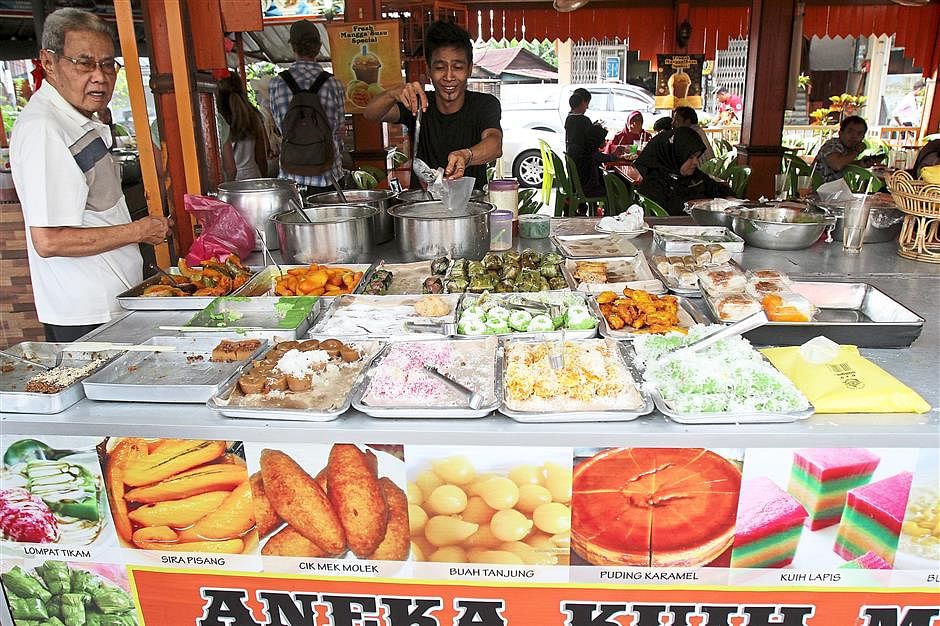
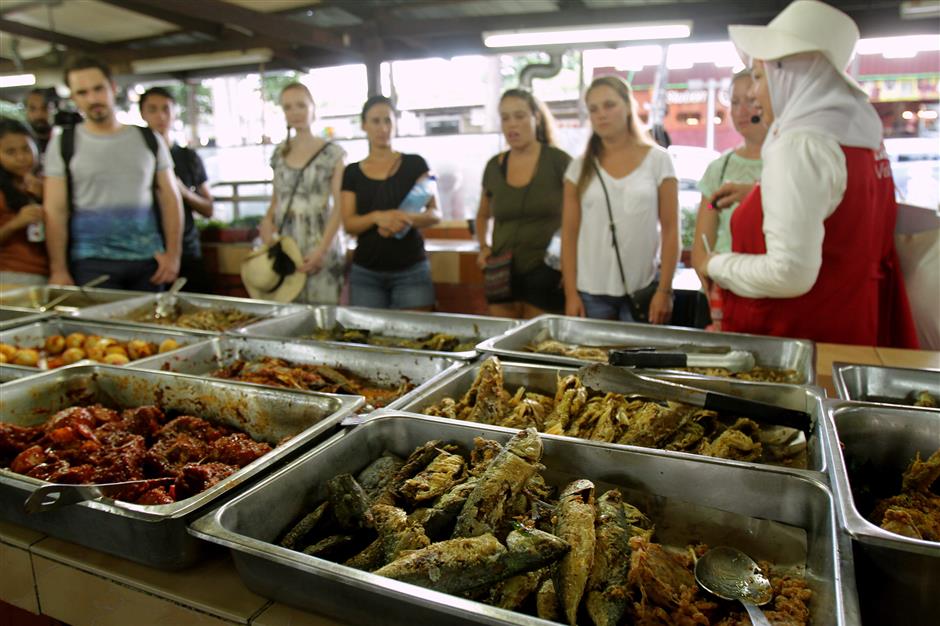
What brings me to this foodie haven is the free cultural guided walk, Jalan-Jalan @ Kampung Bharu. Hosted by Kuala Lumpur City Hall and the Kuala Lumpur Tourism Bureau, the walk takes place from 4.30 to 7pm on Tuesdays, Thursdays and Sundays.
When I arrive at Kelab Sultan Sulaiman, the meeting point of the tour, late on a Tuesday afternoon, dark clouds loom threateningly above the city's skyline.

My guide for the day, Ms Norazleeta Ismail - or Eta, in short - looks up and shrugs.
"Our biggest challenge with this tour is the weather," she says with a sigh, explaining how the walk is mostly outdoors, "but it's okay. If it starts to rain heavily, I'll tell you more about the history of Kampung Baru over teh tarik."
Where history was made
Kelab Sultan Sulaiman is steeped in illustrious history.
"This club is the heart and soul of the Malays because it is said that the United Malays National Organisation was born here," Eta explains, referring to the Malay Congress, which met there.
"The Sultan and other Malay leaders had a meeting here and, until today, the club still holds sentimental value for the Malays," she adds.
Those remnants of a glorious past extend to many of the other stops on the walk, too. Take Master Mat's House, the next stop, for instance. The small blue house, built in 1921, used to be the home of the late Ahmad Mohamed, a well-respected headmaster of an English school in Setapak, Kuala Lumpur.
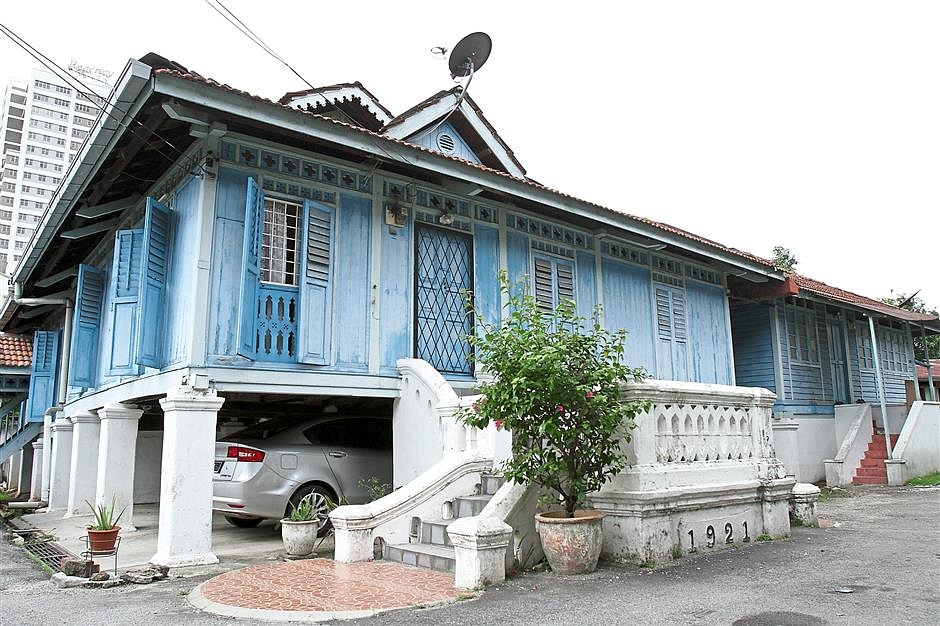
"The locals back then called him Master Mat - "Master", short for headmaster, and "Mat", short for Mohamed. That's how the place came to be known as Master Mat's House," Eta says.
"His family still live here today and they have been gracious in allowing us to include the house as part of the tour," she adds, referring to the third generation of the late educator's family.
The fact that the house is occupied by people is testament that Kampung Baru is a real village with a thriving community.
When a motorcycle zips past from the wrong side of the road, catching a few of the international tour participants by surprise, Eta smiles wryly and reminds us to watch our step.
"We are in a village now, so don't be surprised if you see this kind of thing happening," she says.
Kampung Baru did not cease to amaze us with its lively atmosphere - children running around playing catch; adults going about their daily business. Some of the men were in their kain pelikat (fabric which is worn around the waist).
"One of the things people are usually surprised to learn is that there are seven villages in Kampung Baru," Eta offers.
What's also interesting is the sight of traditional Malay houses juxtaposed against the city's modern skyscrapers.
Kampung Baru is peppered with houses and buildings made of wood with zinc-slab roofs. Some of these homes are decorated with intricate wood carvings and coloured glass windows.
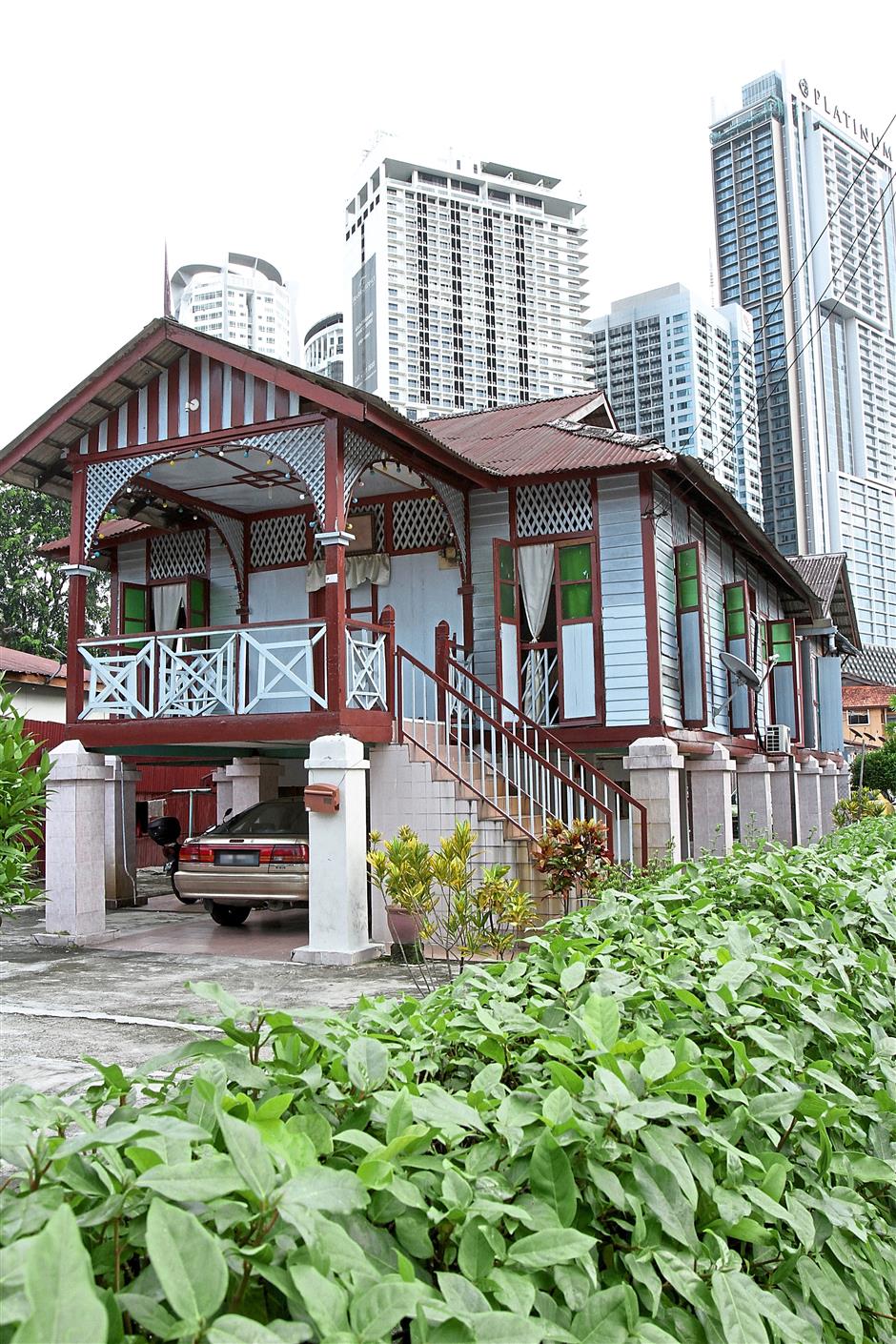
One of the bigger traditional houses in this cluster of homes is Rumah Limas. Built in 1913, with major renovation done after World War II in 1949, the property is a colonial Malay hybrid-style building. "Look beneath you," says Eta, directing our attention towards Rumah Limas' cemented grounds, "an odd thing about this house is that there is no grass."
She adds: "Back then, young people liked to hang out at the teacher's house. One of the past occupants, who was a teacher, decided to build a badminton court so his students could have a place to meet in the evening."
When the sun goes down
As evening approaches, it becomes apparent where the villagers hang out these days.
The narrow Jalan Raja Alang is transformed into a busy fruit and vegetable street market at dusk.
"Why do we have this walk in the evening? This is the reason why," Eta says, as she guides us through the busy evening market with rows of stalls selling assorted ulam (salad), fruit and street food.
"Life begins in the evening only after the evening prayers," she adds.
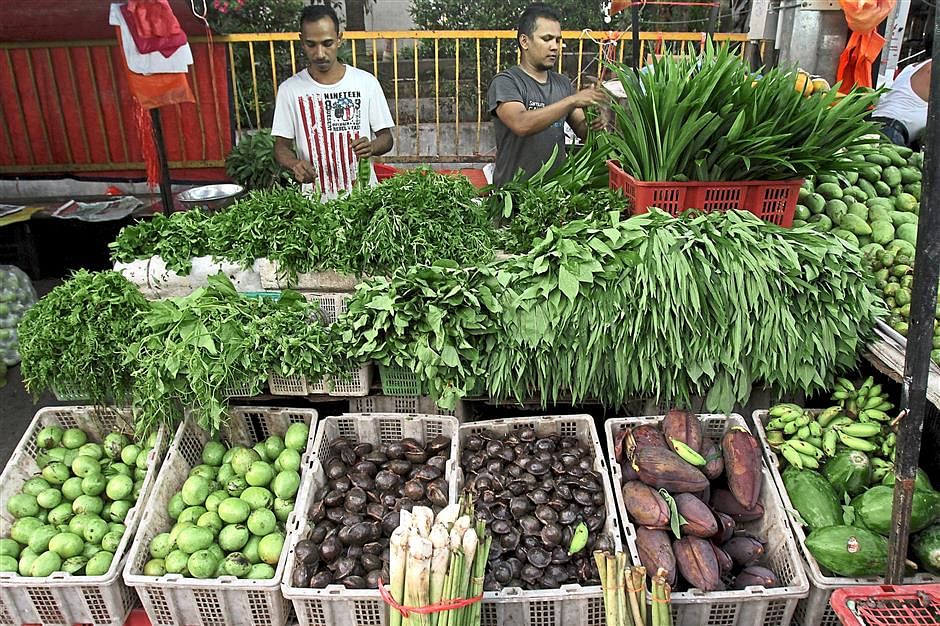
Evening prayers are performed at Masjid Jamek Kampung Baru. With its beautiful mosaic-adorned gateway, the mosque has been a focal point of the Muslim community here for more than a century.
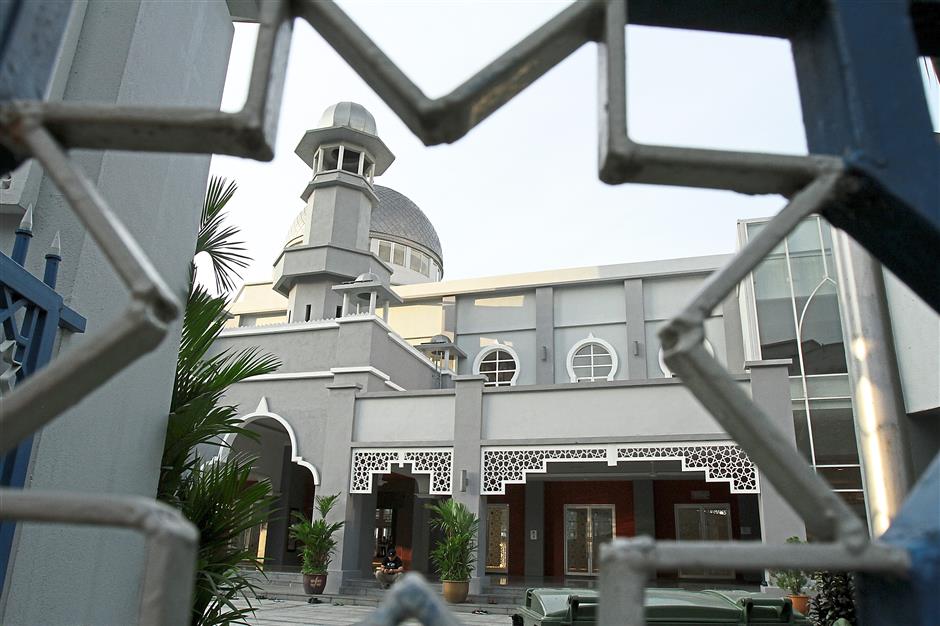
From the mosque, we head towards an area with herbal and sundry shops. According to Eta, a huge white canopy is constructed in the vicinity during Ramadan, with many food items being sold there.
Another religious institution along the walk is the Gurdwara Tatt Khalsa - which will celebrate its centenary in 2024 - at the fringe of the village and next to the Raja Bot street market. The presence of the Sikh temple is testament to Malaysia's multi-religious landscape.
As the last glimmer of sunshine fades away, Kampung Baru undergoes a magical transformation. Women with children hurry along with plastic bags of purchases along the herbal and sundry shops area.
And men in office clothing can be seen buying snacks from the many food stalls.
The scene makes me wonder what sorts of activities were held at the former Saturday Night Market site, which used to be one of the stops on the free tour.
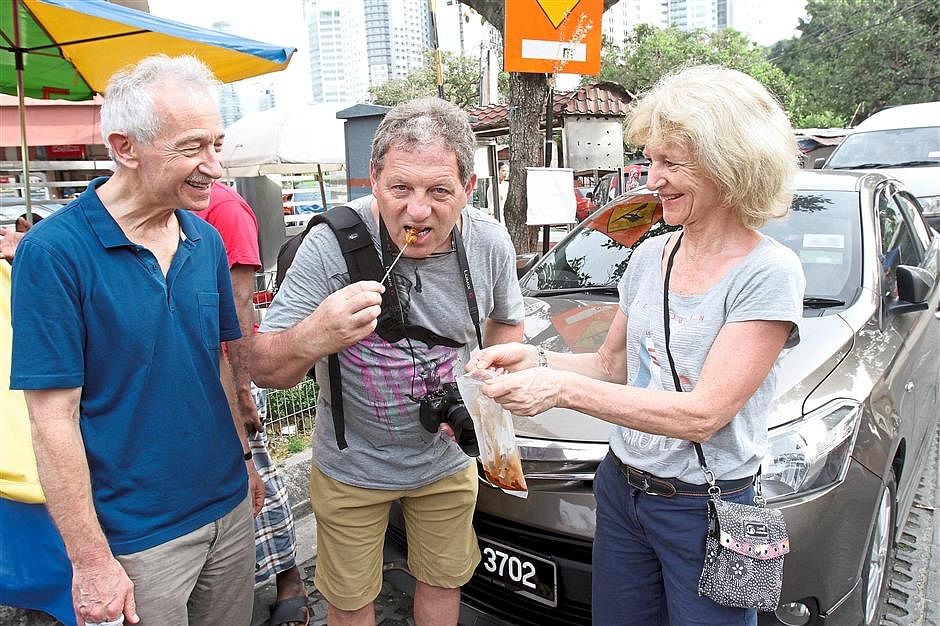
Today, the area has been turned into a construction site, with a high-rise condominium being built.
"Not everyone here was up for new developments. Some, of course, wanted the old site to be maintained," Eta says, as she quickly ushers along the group.
While Kampung Baru's landscape is evolving with time, its strong community vibe remains. And this is the quality that gives the area its village-like charm, despite being in the middle of the city. That, and of course, the amazing Malay food.
As I walk back to my car at the end of the tour, I catch the aroma of fragrant nasi lemak from the famous Nasi Lemak Antarabangsa stall.
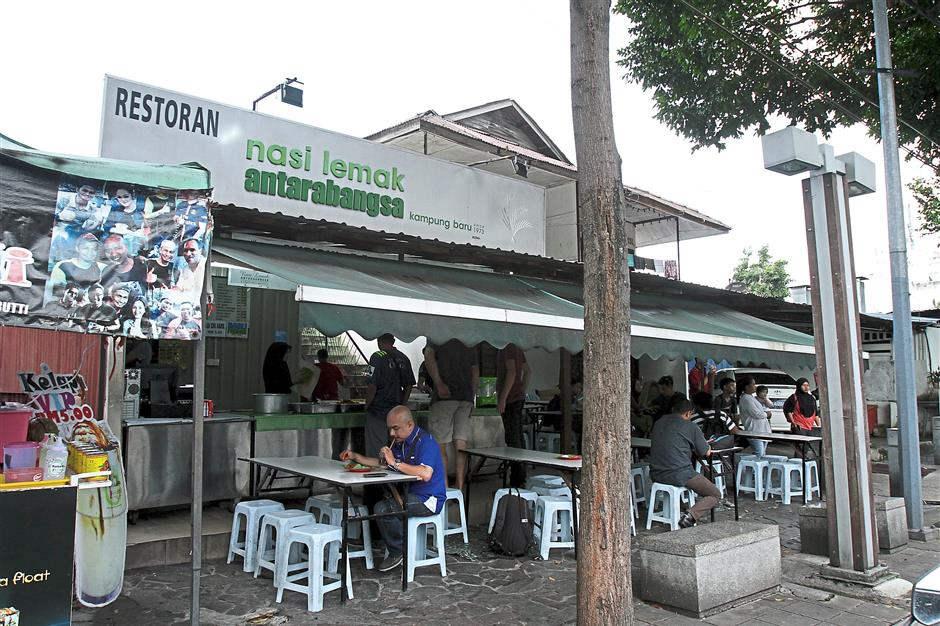
Between being able to slip into my skinny jeans and savouring the iconic Malaysian dish, the choice is obvious.
To join the walk, call 03-2698-0332 or e-mail pelancongan@dbkl.gov.my. Book 24 hours in advance.

